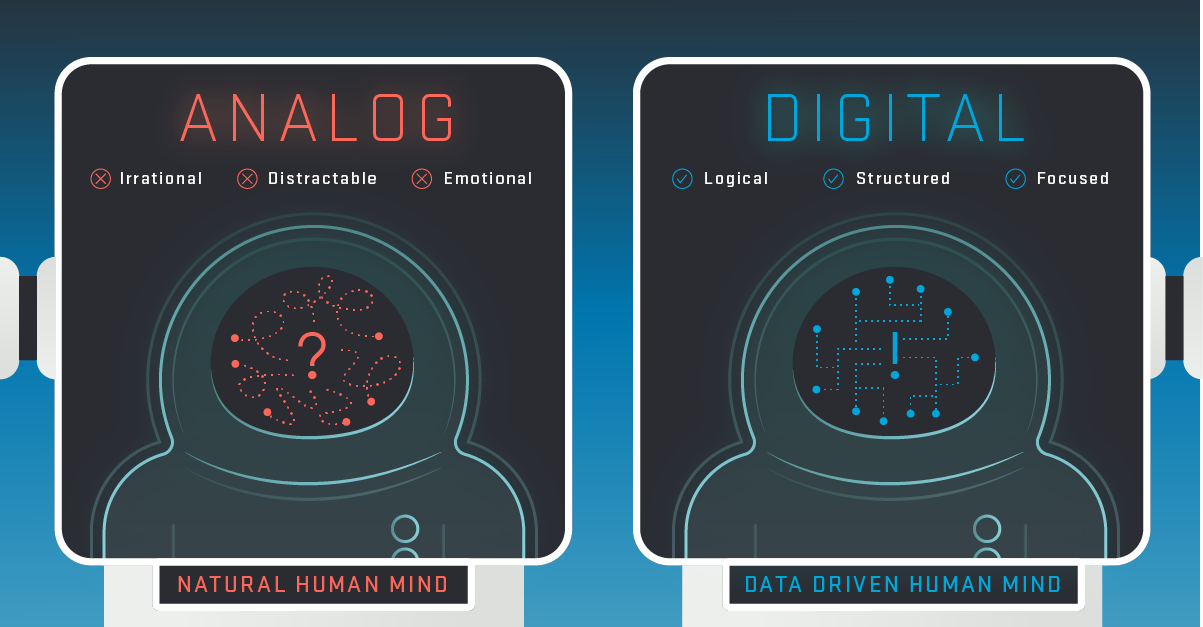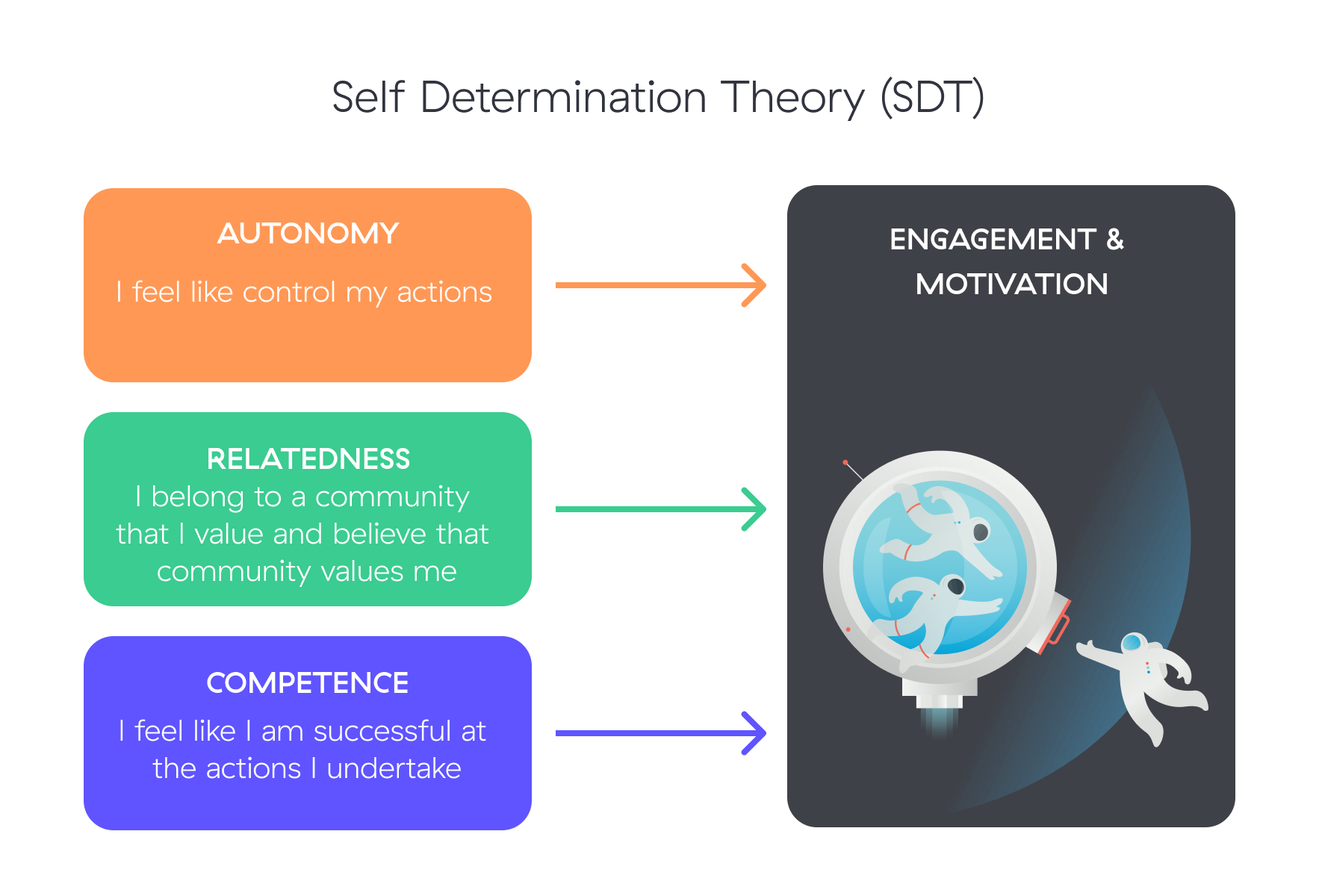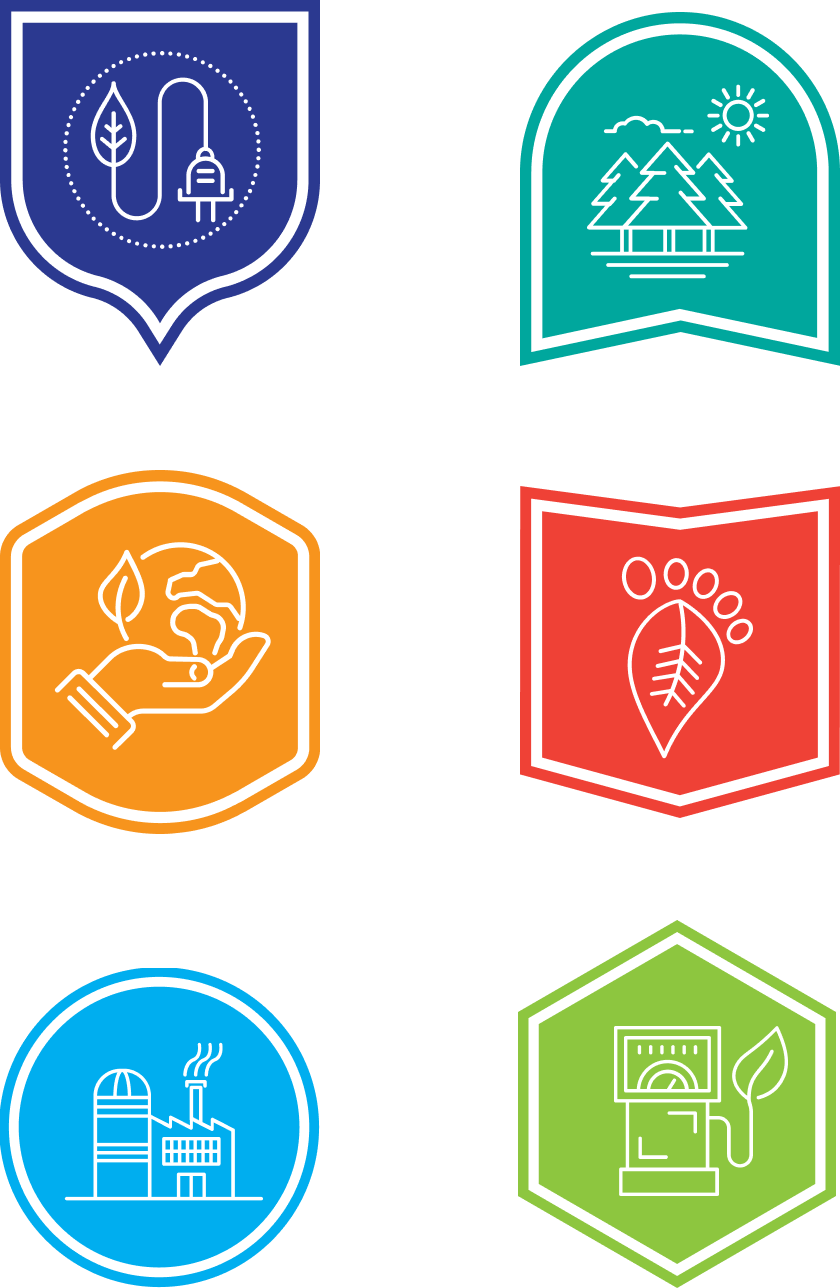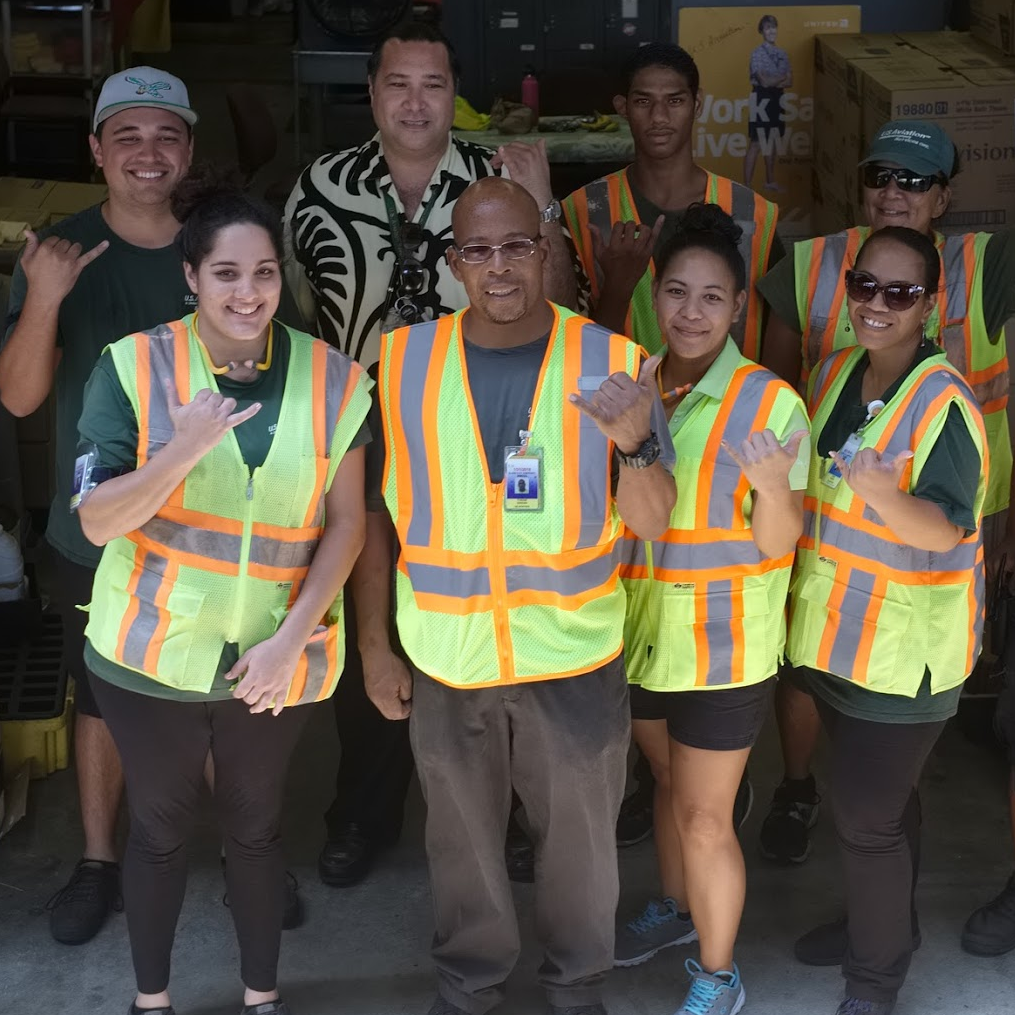What are airports without their operations teams? What are these teams without motivation? What happens to airlines when their team members feel disconnected and uninspired?
At Springshot, we have long pondered these questions. It’s embedded in our DNA to solve these challenges. In turn, our platform removes the ambiguity around collecting data, inspires and connects remote teams and enhances workers’ sense of autonomy. As a result, Springshot users are better-connected, better-engaged and better-collect data points that drive operational benefits.
But how do we “bridge this gap between the analog human being and the data-driven world of where we want to be?” Doug Kreuzkamp, Founder and CEO of Springshot, asked in a recent #rebootaviation webinar. Specifically, “How do we get our airport operations colleagues to collect and use this data in a way that drives big change?”
One of the easiest ways is to emphasize and operationalize concepts that workers care about most. Let’s take climate change, an existential threat we will face for decades to come. Taking into account that more than half of today’s airport workers are from the Millennial and Gen Z generations—generations who care deeply about the environment—one of the easiest ways to activate digital-thinking is to tangibly show how individual actions and decisions have a measurable and positive impact on the environment, said Kreuzkamp.
The path connecting airlines and the environment hasn’t always been clear. For the aviation community, reducing its carbon footprint has been an ongoing goal. The industry hopes to reach net-zero carbon emissions by the year 2060.
For a long time, frontline staff working at the airport didn’t know where to start. “The carbon emissions problem was so big that as an airport worker it was difficult to measurably tie one’s actions to any tangible environmental goals,” Kreuzkamp said.

We now have a place to begin. Through the wealth of individual data points that Springshot collects, we can count how many bags of recycling are collected from an airplane or measure how quickly workers connect ground power units to aircraft to reduce fuel emissions. When airline workers see the linkage between their individual actions and how they impact broader macro sustainability goals, they feel connected, confident and want to work harder. The result is higher user engagement within the Springshot platform, which equates to better data, analytics, efficiency and predictability for the aviation community.
How do we get there?
When Kreuzkamp—a self-described data nerd—realized the vast amount of data points that can be collected and associated with individual team members in airport operations, he knew he had to find a way to motivate team members to collect and use that data. Self-Determination Theory, a leading psychological theory on human motivation, became the core framework upon which his team built the Springshot platform.
The key takeaways of the theory, first developed by psychologists Edward Deci and Richard Ryan, are the positive impacts of intrinsic motivation (versus extrinsic motivation) and the common ingredients that produce this desired state. When we are intrinsically motivated, “our health, our resilience and our outlook are far better,” Kreuzkamp said. “By intrinsic motivation, I’m referring to those actions that we take because we innately enjoy them and through which we find personal satisfaction, like walking our dog or coaching our kid’s sports team.”
Extrinsic motivation, on the other hand, refers to actions taken in order to gain an external reward like money or fame.
Based on Self Determination Theory, three conditions must be present to make intrinsic motivation flow: Autonomy, Relatedness and Competence.

“When we have Autonomy, we feel that we take actions because we choose to take them. When we have Relatedness, we feel that we belong to a community that we value and in return that community values us,” Kreuzkamp explained. “Finally, when we feel Competent, we have an understanding of what’s expected of us and receive feedback that confirms we’ve mastered those expectations.”
The big challenge for airlines comes from the last component: Competence. This is especially true when seeking to intrinsically motivate people to consistently take actions that promote environmental sustainability. How can airlines help workers take individual actions to meet sustainability goals when they don’t even know what the individual actions are?
In Comes the Data: Springshot’s Core Service
Here’s the main idea: By setting clear expectations, such as how long it should take to clean the main cabin of an aircraft, workers are motivated to accomplish individual goals. They receive instructions via “Missions” sent to the Springshot platform directly on their phone. Once completed, Missions are transformed into data.
“Given the number of objects that need to be cleaned on an aircraft and the number of individual cleaning requirements for each object and the common data points that identify who did the cleaning where and when, a single 30-minute cabin cleaning mission alone, literally generates 10,000 unique data points,” he said. “Even your most basic turn of a narrow body aircraft can involve over 10 teams performing more than 100 discrete tasks over a 45-minute period.”
This data then helps Springshot craft S.M.A.R.T. goals—“specific,” “measurable,” “actionable,” “realistic,” and “timely”—for each client. Four phases of the S.M.A.R.T. objectives move clients toward meeting these goals: templatize, distribute, collaborate and reflect.
First, “In advance, operational data is used to build templates that serve as tactical game plans to meet operational needs. For example, based on the aircraft type and the passenger load,” said Kreuzkamp. As a result, “a choreographed template will be built for all airport ops team members to execute the aircraft turn.”
Then, via Springshot’s intuitive and design-friendly interface, the S.M.A.R.T. objectives are distributed to individual crew members in the form of Missions. Each Mission includes clear and specific expectations as to what actions each crew member should take.
The crew next collaborates via the platform to communicate with one another. Here’s where the data comes in: “The platform will discreetly and unobtrusively collect data that confirms the S.M.A.R.T. goals have been achieved. In parallel, data being generated by sensors will also be fed into the system to confirm individual expectations have been met,” said Kreuzkamp.
Finally, as a means of reflection, feedback is provided to each crew member real-time on how they performed their tasks. Springshot can “use nudging strategies to help team members course correct when they fall short of their goals,” Kreuzkamp said.
Results with Meaning
Linking back to the positive impact on sustainability, the best way is to tie a few collected data points to the bigger picture goals, according to Kreuzkamp. For example, did the pushback driver push the aircraft on time? Did the ramp lead hook up the ground power unit within two minutes after the aircraft blocked? Did the lav driver properly use a bucket to prevent a hazardous spill on the ramp? And how many bags of recycling did the cabin cleaning team remove from the aircraft?
“All of these actions help remove or help reduce our carbon footprint. By providing the ability to capture this data and share feedback on these micro actions, we can positively impact the environment,” Kreuzkamp concluded. “You will effectively close the loop on Self-Determination Theory to drive sustainability forward, your team will be acting autonomously, they will feel connected and related to a broader community that they value. They will have tangible proof that they are individual contributors to solving this existential threat that we all face as human beings.”





We’d love to help make your company and workers thrive via data. Contact us today!